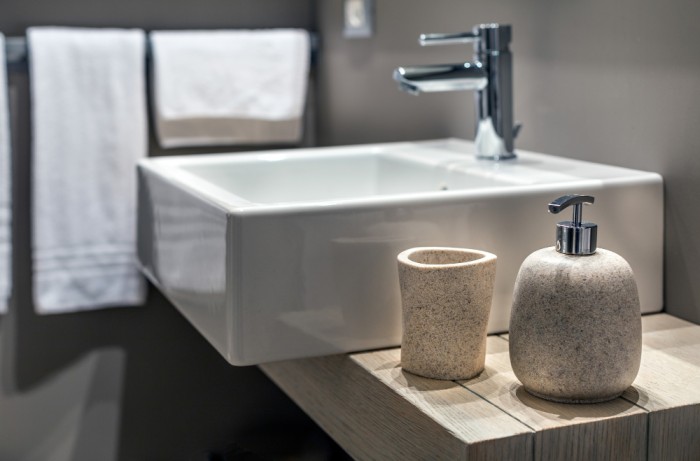In today's environmentally conscious world, sustainable living and eco-friendly practices are no longer just a trend; they have become a way of life. As our awareness of climate change and resource depletion grows, we seek innovative ways to reduce our environmental footprint. One area where significant change is occurring is in the construction industry, where civil contractors are playing a vital role in revolutionizing bathrooms to conserve water and energy. In this blog, we will explore the cutting-edge efforts by civil contractors to create sustainable bathrooms and their impact on the American landscape.
The Urgency of Sustainability
Sustainability isn't merely a choice; it's a necessity. The United States, like many countries, faces critical challenges concerning water scarcity and energy conservation. With increasing strain on water resources and the looming threat of climate change, every sector must contribute to sustainable practices. Bathrooms, in particular, have enormous potential for resource efficiency, making them a focal point for innovation within the construction industry.
Water Conservation Initiatives
Low-Flow Fixtures
Civil contractors are at the forefront of installing low-flow fixtures in bathrooms. These fixtures, including water-saving toilets, faucets, and showerheads, drastically reduce water consumption without compromising performance. Low-flow toilets alone can save up to 16,500 gallons of water per year for an average family of four.
Greywater Recycling
Another innovative approach civil contractors are adopting is incorporating greywater recycling systems. Greywater, the relatively clean wastewater from sinks, showers, and washing machines, can be treated and reused for flushing toilets or irrigating landscapes. This reduces water waste and lessens the burden on municipal wastewater treatment facilities.
Smart Sensors
Bathroom sustainability extends beyond fixtures; it delves into intelligent systems. Smart sensors and automation technologies, such as occupancy sensors for lighting and touchless faucets, help minimize water and energy waste. These sensors ensure that resources are used only when necessary, reducing utility costs.
Energy-Efficient Solutions
LED Lighting
Civil contractors are opting for energy-efficient lighting solutions. LED (Light Emitting Diode) lighting is a prime example. LEDs consume significantly less energy than traditional incandescent or fluorescent bulbs and have a longer lifespan, reducing the frequency of replacements.
Solar Water Heaters
Solar water heaters are becoming increasingly common in sustainable bathrooms. These systems use solar panels to harness the sun's energy and heat water for domestic use. By reducing reliance on electricity or gas for water heating, they contribute to substantial energy savings.
Proper Insulation
Contractors are also paying meticulous attention to insulation. Well-insulated bathrooms retain heat more effectively, reducing the load on heating systems. Additionally, they maintain cooler temperatures in summer, reducing the need for air conditioning. This insulation can be particularly advantageous in colder or hotter regions of the United States.
Material Choices
In sustainable bathrooms, the selection of materials can significantly impact the environment. Civil contractors increasingly choose eco-friendly materials such as recycled glass, low-VOC (Volatile Organic Compounds) paints, and sustainable wood products. These choices reduce environmental impact and contribute to healthier indoor air quality.
Sustainable Bathroom Design
The design of a bathroom is pivotal in promoting sustainability. Civil contractors are adopting several design elements to enhance resource efficiency.
Natural Lighting
Utilizing natural light through well-placed windows and skylights reduces the need for artificial lighting. This approach not only conserves energy but also provides a more pleasant ambiance.
Civil contractors are the driving force behind the transformation of bathrooms into sustainable spaces. Their innovative approaches, from low-flow fixtures to intelligent systems, are reshaping the construction landscape in the United States. Civil contractors are reducing utility costs by creating bathrooms that conserve water and energy and contributing to a greener, more sustainable future.
As a homeowner, consider working with civil contractors prioritizing sustainability in their projects. Together, we can transform bathrooms from water and energy guzzlers into efficient, eco-friendly spaces, setting a positive example for a more sustainable future in America. It's not just a bathroom; it's a step toward a better world.

